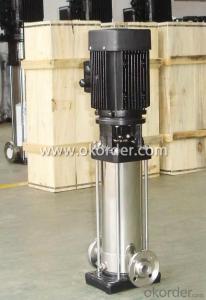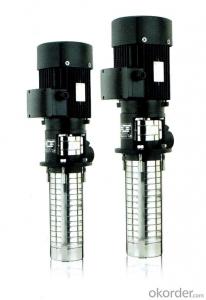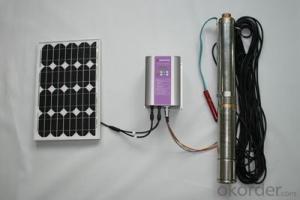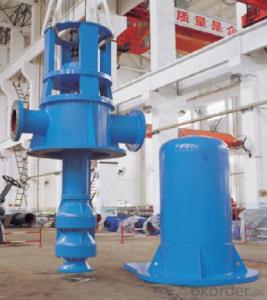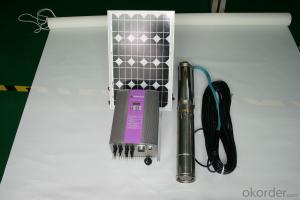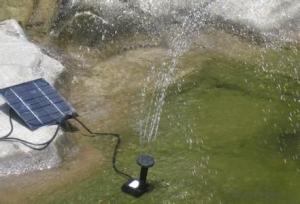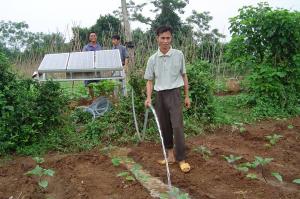Hitachi Solar Pump Inverter
Hitachi Solar Pump Inverter Related Searches
Best Stainless Steel For Knives Wd 40 For Stainless Steel Hole Saw For Stainless Steel Paint For Stainless Steel Stainless Steel For Bbq Step Bit For Stainless Steel Sponge For Stainless Steel Coatings For Stainless Steel Caulking For Stainless Steel Stainless Steel Box With LidHot Searches
Solar Hot Water Collectors For Sale 8 Inch Water Pump For Sale Solar Inverter For Split Ac Solar Inverter With Ac Outlet 1 Hp Solar Water Pump Price Jain Solar Water Pump Price Kirloskar Solar Water Pump Price Aluminum Ac Coil Scrap Price China Solar Ac Module Solar Pump Inverter Price Lorentz Solar Water Pumps Price Price Of Water Cooler Evacuated Tube Solar Collectors Price Lorentz Solar Pumps Price Cost Of Evacuated Tube Solar Collectors Buy Hot Water Bag Fish Tank Air Pump Price Aquarium Air Pump Price Air Pump Price Chlorine Dosing Pump PriceHitachi Solar Pump Inverter Supplier & Manufacturer from China
Okorder.com is a professional Hitachi Solar Pump Inverter supplier & manufacturer, offers integrated one-stop services including real-time quoting and online cargo tracking. We are funded by CNBM Group, a Fortune 500 enterprise and the largest Hitachi Solar Pump Inverter firm in China.Hot Products
FAQ
- No, solar pumps are not noisy during operation. They use a quiet and efficient motor that generates minimal noise, making them suitable for various applications including residential, agricultural, and commercial use.
- The impact of a solar pump on wildlife conservation can be significant. By providing a sustainable source of water in remote areas, solar pumps can help create and restore habitats for various wildlife species. Access to clean water supports the survival and reproduction of animals, enabling them to thrive and maintain healthy populations. Additionally, solar pumps reduce the need for human intervention in traditional watering methods, minimizing disturbances to wildlife and their habitats. Overall, solar pumps contribute to the conservation of wildlife by promoting ecosystem balance and enhancing biodiversity.
- A solar pump typically uses a filter or a strainer to prevent debris from entering the pump and clogging it. This helps maintain the efficiency and longevity of the pump while ensuring that the water source remains clean.
- Yes, a solar pump can be used in areas with high levels of air pollution. Solar pumps operate independently of the air quality and are not affected by pollution levels. They rely on sunlight to generate power, which is abundant even in polluted areas. However, regular maintenance may be required to ensure the solar panels remain clean and efficient in such environments.
- The expected lifespan of solar panels in a solar pump system can vary depending on several factors such as the quality of the panels, maintenance practices, and environmental conditions. However, on average, good quality solar panels can last anywhere from 25 to 30 years or even longer with proper care and regular maintenance.
- Yes, a solar pump can be used for water circulation in aquaculture systems. Solar pumps are a sustainable and cost-effective solution that can provide the necessary water movement and circulation required for the health and well-being of aquatic organisms in an aquaculture setup. By harnessing solar energy, these pumps can operate efficiently and independently, reducing reliance on traditional energy sources. They can be used to maintain water quality, distribute oxygen, and create a conducive environment for fish and other aquatic species in aquaculture systems.
- Yes, a solar pump can be used for irrigation in hilly areas. Solar pumps are a great solution for remote and off-grid areas where access to electricity may be limited. In hilly areas, the elevation difference can be utilized to generate the necessary pressure to pump water for irrigation purposes. Solar pumps can efficiently lift water from lower elevations to higher elevations using solar energy, making them suitable for hilly terrains. Additionally, solar pumps are environmentally friendly and cost-effective, as they do not require fuel or electricity from the grid. They can be easily installed and maintained, providing a sustainable and reliable solution for irrigation in hilly areas.





